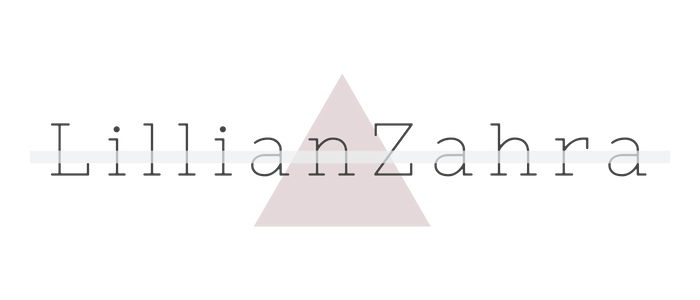A Day In Macau

Macau is an hour’s ferry ride from Hong Kong, the TurboJet leaves the Sheung Wan ferry terminal every 15 or so minutes and doesn’t need to be booked in advance. The ride was…a little bumpy, I’ll say no more. Remember to pack your passport (sadly passport stamps were phased out in 2013 in favour of an electronic system for those of us who still like getting such things) and here’s what you can expect once you (praise be) disembark at the Macau ferry terminal:
Giant casinos
Gambling was legalised in Macau in the 1850s and is now what the territory is most famous for. If you’ve been to Vegas then a lot of the brand names will be familiar. The huge buildings dominate the skyline and, despite being long-term fixtures, still look oddly out of place. Macau is also a tax haven, which may explain why every other shop appeared to he selling Rolex watches.
Colonial architecture
Macau was a Portuguese colony from the mid-16th century until 1999 (!). The street names, buildings and town planning made me feel like I was back in Lisbon, if I didn’t look up at the casino-dominated skyline. Bakeries are packed with pasteis de nata (Portuguese egg custard tarts) although these are served alongside Macanese pork chop buns and other not veggie-friendly Cantonese delicacies. The ruins of St Paul’s (built in 1602 and destroyed by fire in 1835) are a highlight of the old town.
Hidden history
Just behind the ruins of St Paul’s, the Na Tcha Temple is a peaceful little spot, as well as a reminder of pre-colonial Macau.
Tourists posing for photos
Macau is BUSY. The narrow European-style streets are packed with tourists and street-vendors, being a popular destination for tourists from Hong Kong, China and all over East Asia, Macau isn’t a sleepy little town in any way. You can’t even admire a pretty pink pastel building without a self-appointed former fashion blogger blocking the view of the green door…







I've never been but it looks really interesting! I'd love to go for the architecture.
It does look an interesting place to visit- I love seeing photos of your travels.
It does look an interesting place to visit- I love seeing photos of your travels.
I've never been but it looks really interesting! I'd love to go for the architecture.